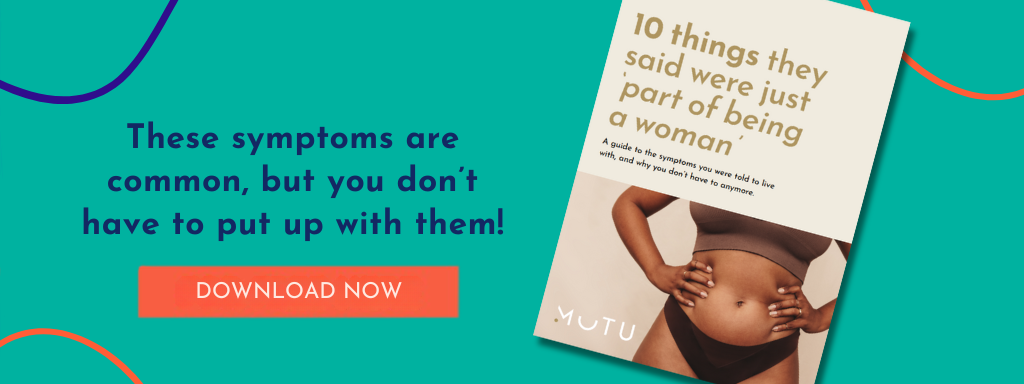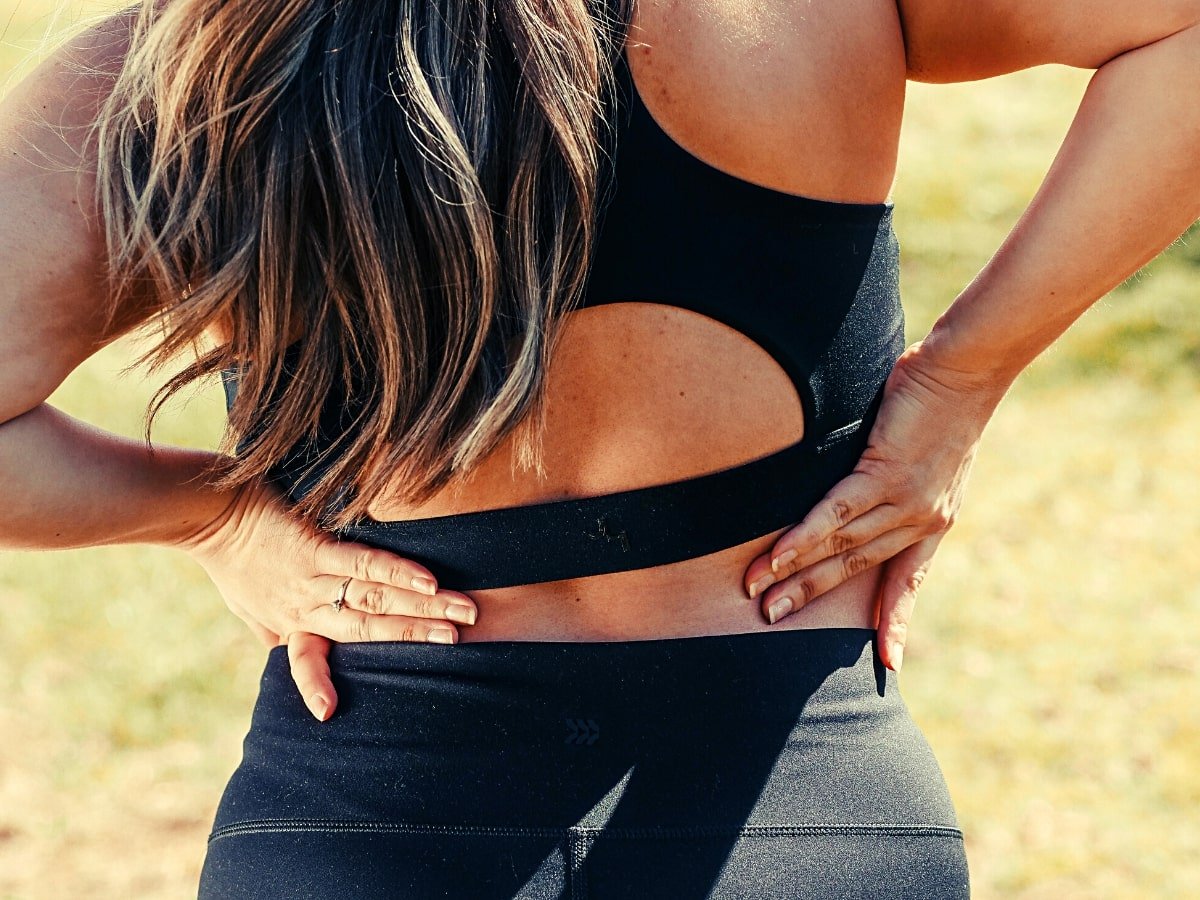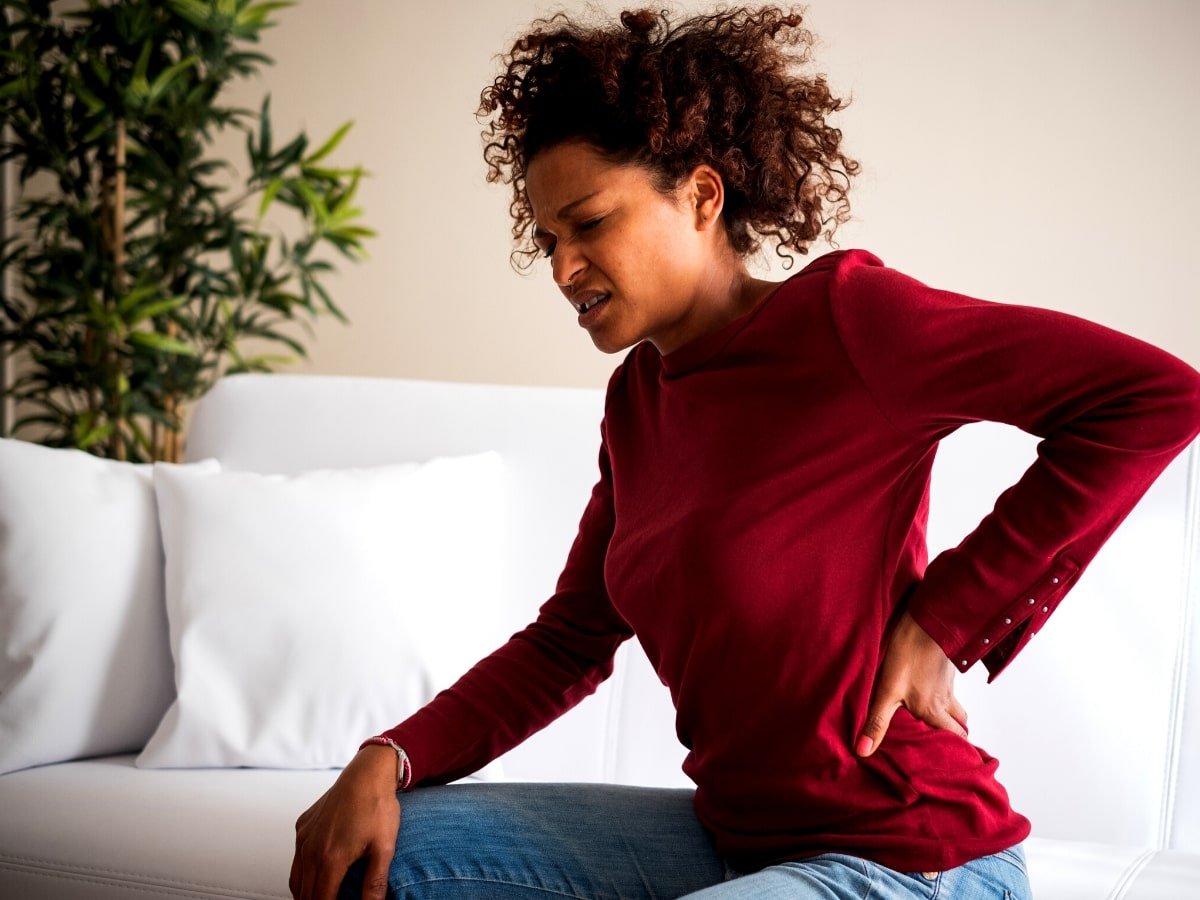Postpartum recovery isn’t just about healing from birth
For many women, it’s also about learning how to move, sit, stand, and rest in a body that feels completely different. One of the most persistent complaints from new mums is how to sleep with postpartum back pain, particularly at night. If you’re struggling to sleep comfortably with postpartum back pain, know that you’re not alone, and there are practical, evidence-based ways to support your body and get the rest you need.
Why Does Postpartum Back Pain Happen?
During pregnancy, your body undergoes enormous changes to accommodate your growing baby. These changes don’t immediately disappear after birth. Hormones like relaxin, which loosen ligaments to prepare your pelvis for labour, remain elevated for several months postpartum. This can lead to joint instability and altered movement patterns.
Add to that the physical strain of birth (vaginal or C-section), postural changes from feeding and carrying your baby, sleep deprivation, and stress, and it’s no wonder your back is under pressure. If you had back pain during pregnancy, you’re more likely to experience it after, too.
But that doesn’t mean you have to accept it. Supporting your alignment, core and pelvic floor can significantly ease back pain and help your whole body recover more effectively.
Sleep Position Tips To Improve Postpartum Back Pain
Your sleep posture has a direct impact on how your back feels. Certain positions strain your spine and pelvis more, especially if your deep core and pelvic floor muscles are still in recovery mode.
Here’s how to optimise your sleep with postpartum back pain:
1. Side-Lying with Support
Postpartum, the most back-friendly sleep position is on your side with your knees bent. Place a pillow between your knees to align your pelvis and another under your arm or chest to support your upper body.
To clarify, the pillow under your chest is placed between your chest and the bed, providing support to your upper torso and preventing you from rolling forward. Your arm can rest comfortably on top of this pillow, ensuring your shoulder and upper body are well-supported.
If breastfeeding or feeding in bed, be aware of how you position your spine and shoulders. Avoid curling forward too much, and use pillows to elevate and support your baby so you’re not hunched over.
2. Avoid Sleeping on Your Stomach
This position overarches your lower back and can strain your healing abdominal muscles, especially if you have diastasis recti or a C-section scar. It also rotates your head to one side for long periods, affecting spinal alignment.
3. Back Sleeping with Support
If you prefer lying on your back, place a pillow under your knees to reduce the curve in your lower back. If your upper back or neck feels strained, a thin pillow under your head or a rolled towel under your neck may help.
Some women find semi-reclined sleep (such as in a nursing chair or propped-up bed position) more comfortable in the early weeks, especially after C-section. Just ensure you’re supported from all sides and not slumping forward.

Movement is Key for Sleep with Postpartum Back Pain
While good sleep positioning is essential, staying in one position too long can worsen stiffness. Your body heals better with circulation and gentle movement.
- Change sides during the night if you can.
- Do gentle pelvic tilts or ankle pumps before getting out of bed.
- Take short walks during the day to keep muscles active and joints mobile.
MUTU System integrates daily movement with proven physical therapy techniques to help restore functional core and pelvic alignment. That means your body moves and rests better.
Check Your Mattress and Pillow
Your sleep surface can work with or against your healing body. A mattress that’s too soft may let your pelvis sink, increasing lumbar strain. Too firm, and it may force your spine into awkward angles.
Look for:
- A medium-firm mattress that keeps your spine neutral.
- A pillow that supports your head without pushing it forward or letting it sag.
- Extra pillows for positioning and support (under knees, between legs, or hugging your body).
You don’t necessarily need to replace everything. Try layering a firm board under a too-soft mattress or experimenting with different pillows to get the support you need.
Postpartum Conditions That Can Affect Sleep Comfort
Some medical and musculoskeletal conditions can make sleep harder or more painful postpartum. These include:
- Diastasis Recti: Abdominal separation affects core stability and can increase back strain.
- Pelvic Girdle Pain (PGP): Joint instability or inflammation can make some sleep positions painful.
- C-section Recovery: Scar tissue and healing fascia may cause discomfort lying flat or twisting.
- Prolapse or Pelvic Floor Dysfunction: These conditions can change how your pelvic area feels during rest and activity.
All of these are common. None are permanent when addressed with the right movement, support, and guidance. MUTU is designed to work with—not against—these challenges.
Breathing and Relaxation Techniques for Pain Relief
Pain and stress are linked. Disrupted sleep increases cortisol and adrenaline, making you more sensitive to pain. Supporting your nervous system with intentional breathwork and relaxation can help.
Try this before bed:
- Lie on your side with knees bent and a pillow between them.
- Place one hand on your belly and the other on your ribs.
- Inhale gently into your ribs and belly, expanding both.
- Exhale slowly, allowing your pelvic floor to release.
Yes, the pelvic floor naturally releases during exhalation. This relaxation is a crucial part of the breathing cycle and supports core stability and pelvic health.
Repeat for 5–10 minutes.
This type of breathing supports deep core engagement and triggers your parasympathetic (rest-and-digest) system.
When to Seek Help
If your back pain is sharp, constant, or worsening, or if you have numbness, leg weakness, or bladder/bowel issues, seek immediate medical attention. These symptoms could indicate cauda equina syndrome, a serious condition requiring urgent care.
Additionally, persistently worsening back pain at night, especially when accompanied by night sweats, is another red flag. Consult your healthcare provider promptly in such cases.
Pain that disrupts sleep night after night isn’t something you just have to put up with. You deserve support, rest, and recovery.
You’re Not Alone
At MUTU, we help women worldwide recover from pregnancy and birth with real, functional solutions. That includes strategies for better sleep, less pain, and a stronger, more connected core and pelvic floor.
Sleep deprivation can feel like a badge of honour in motherhood. But rest is not a luxury—it’s a cornerstone of healing. You deserve to sleep comfortably in your own body.
Ready to support your recovery with expert-designed movement and core rehab? Start your MUTU journey here.
References
- Solanki, C., & Malawade, M. (2022). Prevalence of Low Back Pain in Women After Two Years of Delivery. International Journal of Health Sciences and Research, 12(5), 23–26.
- Wu, W. H., et al. (2020). Risk factors for pelvic girdle pain postpartum and pregnancy-related low back pain postpartum: A systematic review and meta-analysis. Musculoskeletal Science and Practice, 45, 102–112.
- Li, Y., et al. (2023). Examining the factors influencing postpartum musculoskeletal pain: A cross-sectional study. European Spine Journal, 32(4), 1234–1242.
- Wang, S. M., et al. (2019). Prevalence of Low Back Pain, Pelvic Girdle Pain, and Combination Pain in a Canadian Population. Journal of Obstetrics and Gynaecology Canada, 41(4), 567–573.
- Kumar, R., & Sharma, A. (2024). Postpartum Physiotherapy Rehabilitation for Low Back Pain: A Systematic Review. International Journal of Science and Research, 14(1), 1125–1130.
- Health4Littles. (n.d.). How Long Does Relaxin Stay in Body Postpartum? Hormonal Effects Explained. Retrieved from
- BellyBelly. (n.d.). Relaxin While Breastfeeding | Surprising Impact On Mothers?












